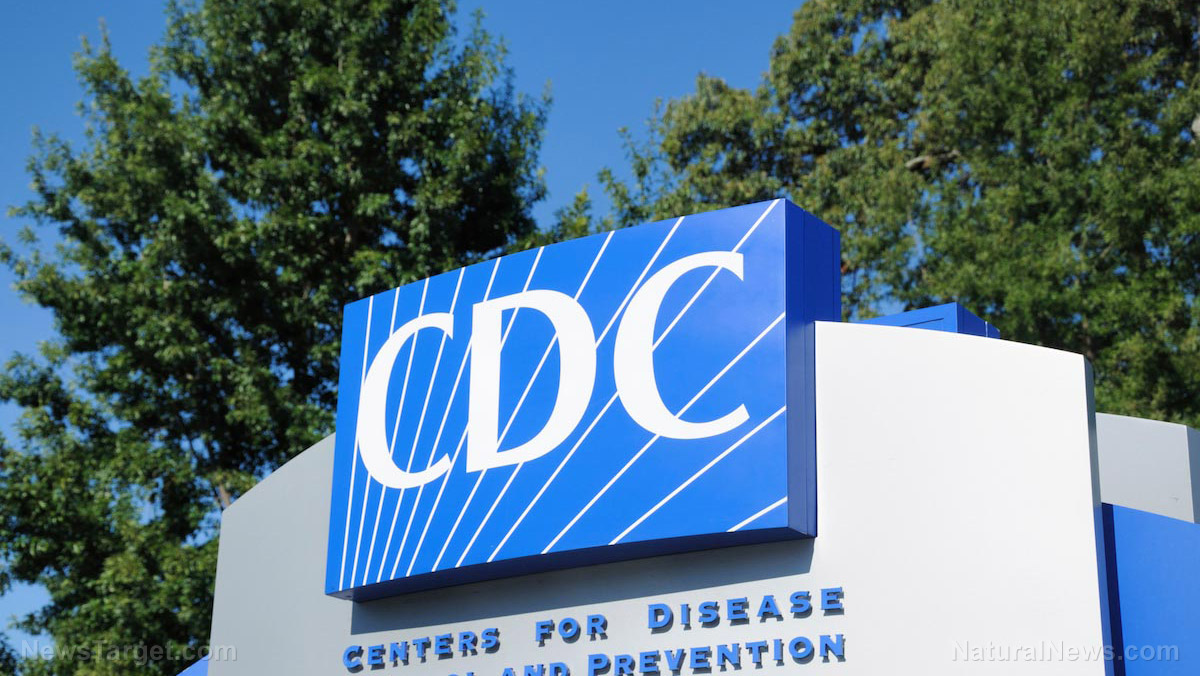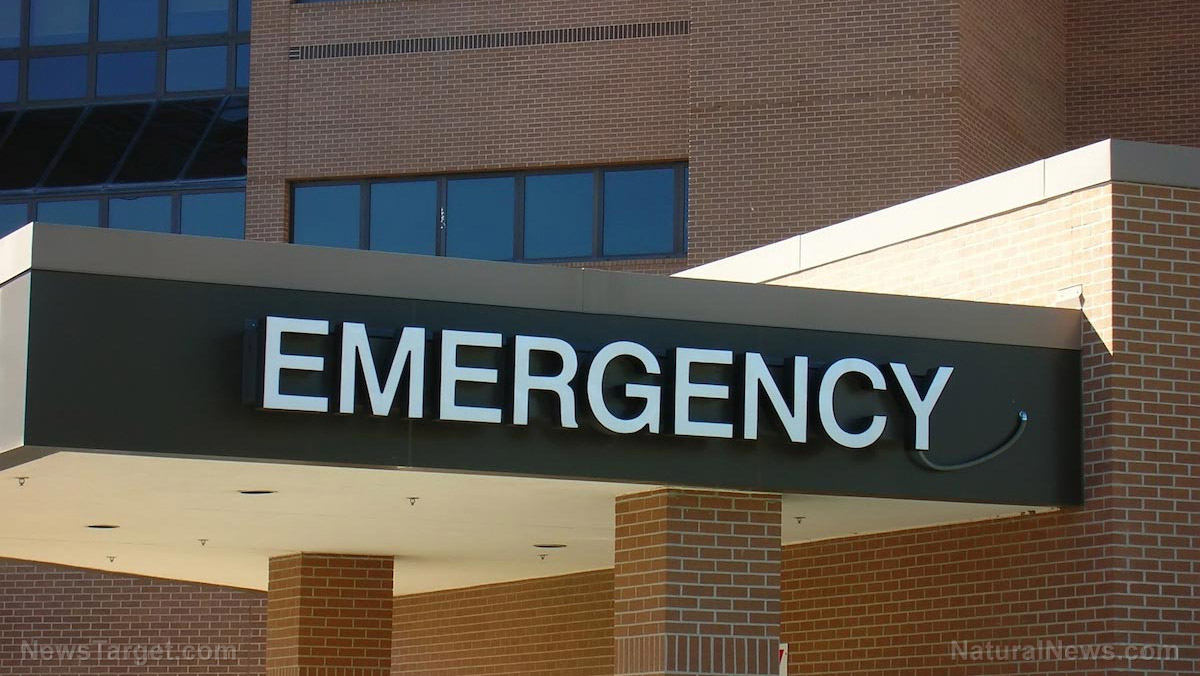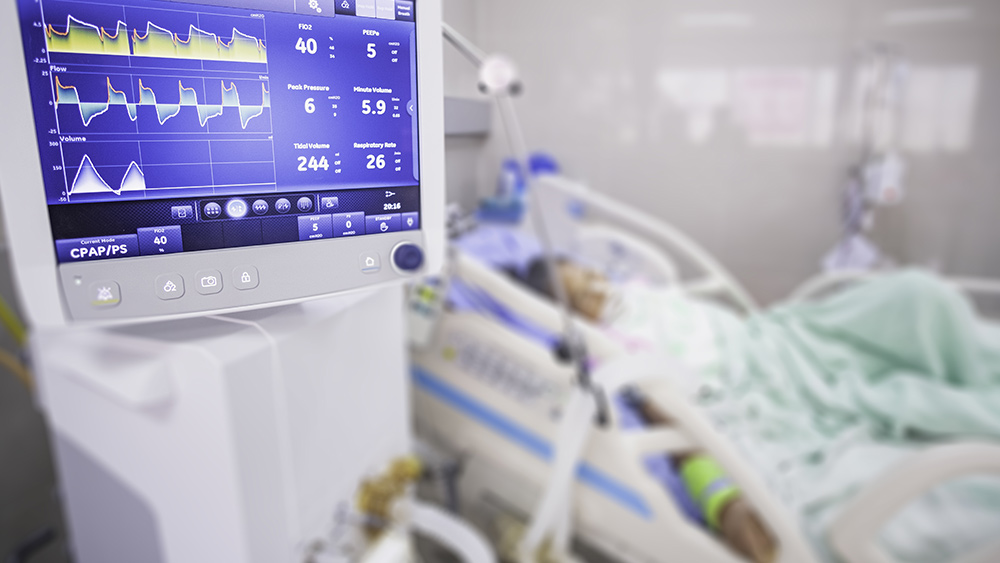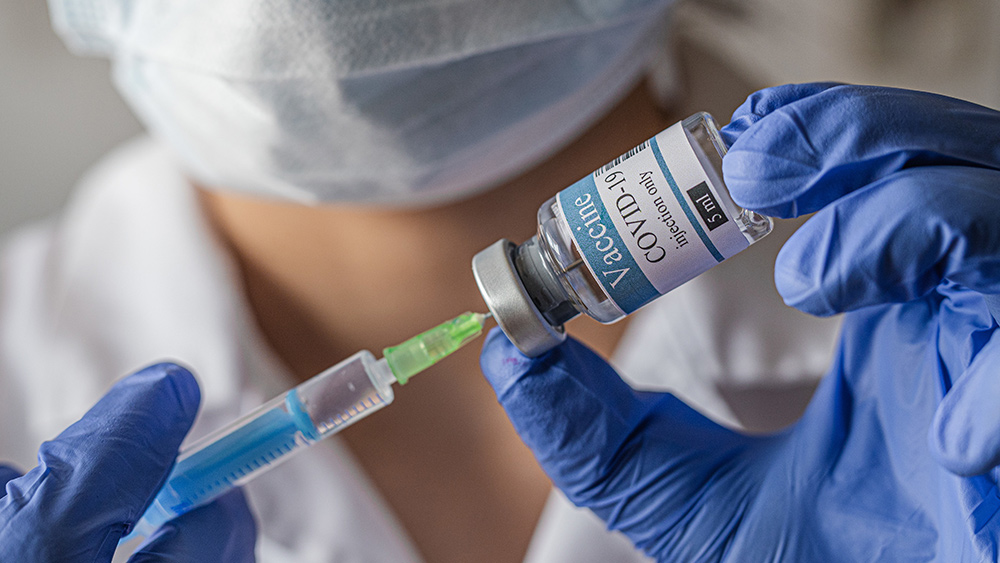New York’s response to the coronavirus made the pandemic worse
06/13/2020 / By Franz Walker

Shortly after the Wuhan coronavirus (COVID-19) hit the U.S., New York City soon became the epicenter of the outbreak in the country. Now, a new report by the Wall Street Journal says that city and state leaders’ response to the pandemic put residents at greater risk, leading to many unnecessary deaths.
During the first few days of March, leaders such as Gov. Andrew Cuomo and Mayor Bill de Blasio assured New Yorkers that the situation was under control. De Blasio even tweeted that New Yorkers should “go on with your lives” despite the coronavirus.
Since I’m encouraging New Yorkers to go on with your lives + get out on the town despite Coronavirus, I thought I would offer some suggestions. Here’s the first: thru Thurs 3/5 go see “The Traitor” @FilmLinc. If “The Wire” was a true story + set in Italy, it would be this film.
— Bill de Blasio (@BilldeBlasio) March 3, 2020
It was only after the outbreak had spread to the city’s low-income neighborhoods in early March did both Cuomo and de Blasio begin to mobilize both public and private hospitals to prepare more beds and intensive-care units. However, the hasty nature of the expansion that ensued ended up producing more mistakes, helping to worsen the crisis, according to healthcare workers.
Mistakes were made during the early days of the outbreak
Talking to the Wall Street Journal, nearly 90 front-line doctors, nurses, health-care workers, hospital administrators and government officials identified a number of missteps done by state and city officials as they tried to catch up with the disease.
Patient transfers were one issue that caused problems during the outbreak. A number of patients who were too sick to be moved were transferred anyway. Patients often ended up arriving at hospitals in worse condition than they were before they were moved.
In addition, a number of elderly patients were transferred back to nursing homes, which may have resulted in outbreaks in these facilities. The backlash from this led other states to soften similar orders for nursing homes to accept COVID-19 patients. (Related: New York nursing homes now a “slaughterhouse” for elderly coronavirus patients.)
At the same time, isolation protocols in these hospitals were lacking in the first place. They often mixed patients infected with the coronavirus with those who were not. This allowed the virus to spread to non-COVID-19 wards.
Part of this was due to inadequate staff planning. While the hospitals added hundreds of intensive-care beds, they did not add enough trained staff. This lead to patients receiving improper treatments, while others ended up being overlooked and dying alone.
In addition to the lack of staff, many hospitals also lacked equipment. The state and city governments, however, relied too much on the federal government to fill these equipment gaps. This was made worse by the fact that leaders focused too much on procuring ventilators. As such, hospitals did not always have adequate supplies of other critical resources such as oxygen, vital-signs monitors and dialysis machines.
Meanwhile, hundreds of ventilators that the government had focused on procuring for the hospitals turned out to be damaged or defective.
Many of the hospitals did not provide their staff with enough protective equipment, not did they allow for adequate testing. The shortage was enough that a number of front-line workers protested the lack of protection in April.
All this was made worse by squabbling between the governor and mayor. This resulted in mixed messages, especially when it came to important issues, such guidelines as to when exposed and ill front-line workers should return to work.
NY hospital system was taken “to the breaking point”
In response to the criticism, state and city officials have claimed that they did increase hospital capacity and enforce social distancing once the scale of the outbreak became clear. “Ultimately our hospitals withstood the pressure and our doctors and nurses delivered heroically,” said Freddi Goldstein, a member of Cuomo’s coronavirus task force.
Greater New York Hospital Association president Kenneth Raske also defended the state’s response. Raske said that what they were able to do was remarkable considering the “wartime conditions” that they faced.
“We have a large, very sophisticated hospital system. It took us to the breaking point,” he said.
NYC hospital system is underfunded
While the pandemic exposed how unprepared the state and city governments were, it also highlighted how underfunded the New York City hospital system has been. For years, Hew York hospitals had been ignoring alarms raised by healthcare workers on insufficient staffing levels.
Meanwhile, many private hospitals in the outer boroughs, particularly in Queens, had closed due to lack of funding.
This was in part due to a forced overhaul that began in 2016. Back then, state and federal budget cuts, plus the increased cost of treating uninsured New Yorkers, forced the hospital system to tighten its belt and reduce staffing.
As a result of this, the hospital system remained in the red for years. At one point, health system officials warned that the system only had enough cash on hand to operate for two weeks.
It was only in mid-2019 that the hospital system finally closed its fiscal year with a budget surplus of $36 million.
Despite this, the system still had a $1.8 billion structural gap and still required a subsidy from the city. While part of that gap was closed last year, it seems it wasn’t enough to prepare it for the outbreak that was to come.
Sources include:
Tagged Under: Andrew Cuomo, Bill de Blasio, coronavirus, covid-19, deaths, disease, Flu, hospital system, infections, New York, New York City, NYC, outbreak, pandemic, PPE, superbugs, ventilators, virus
RECENT NEWS & ARTICLES
COPYRIGHT © 2017 DANGEROUSMEDICINE.COM
All content posted on this site is protected under Free Speech. DangerousMedicine.com is not responsible for content written by contributing authors. The information on this site is provided for educational and entertainment purposes only. It is not intended as a substitute for professional advice of any kind. DangerousMedicine.com assumes no responsibility for the use or misuse of this material. All trademarks, registered trademarks and service marks mentioned on this site are the property of their respective owners.


















